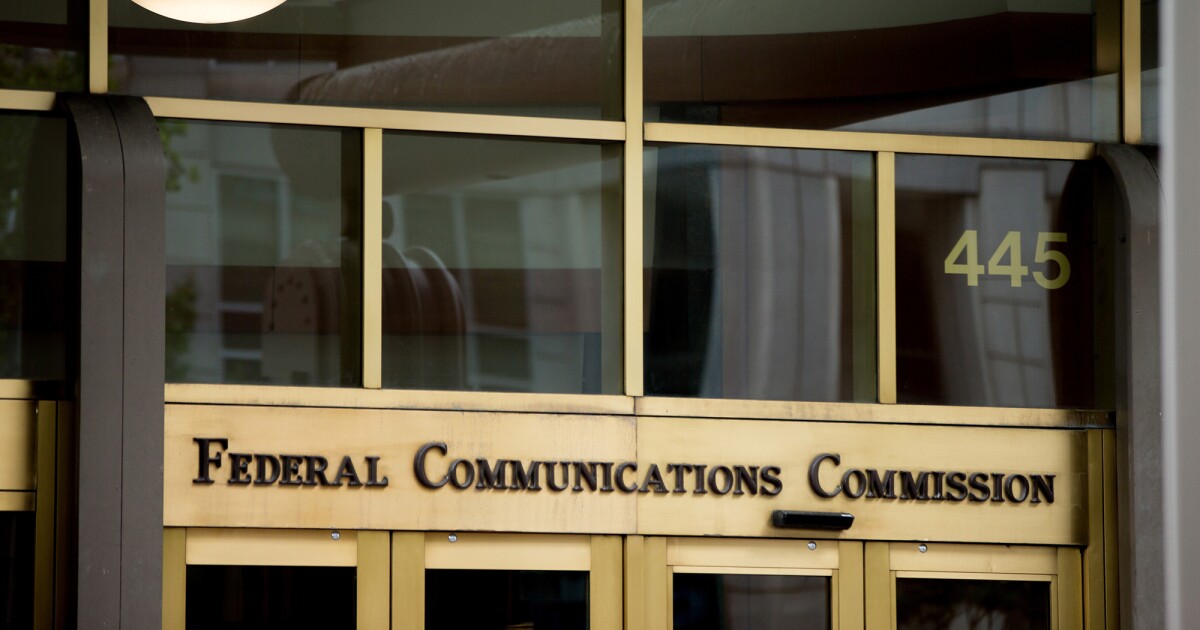

The final results of the Federal Communications Commission’s endeavor to map broadband access may be the key to getting high-speed internet access to millions of people in rural and low-income areas.
The FCC stands as the final barrier between $42.5 billion for broadband investments provided by President Joe Biden’s infrastructure bill and the states that need it. While local and state officials have attempted to expand access to the internet in the past, their efforts have been hindered by unreliable infrastructure reporting and deceptive maps from internet service providers.
These problems have pushed the FCC toward adopting an updated, more thorough approach to mapping out who actually has internet access in order to stop broadband providers from lying about whether a town or community has high-speed internet, as critics have alleged, resulting in some places that need infrastructure not getting it, and vice versa.
“It’s all about the data, you get good data, and you get good maps,” Deborah Collier, executive director of the Innovation and Technology Policy Center at Citizens Against Government Waste, told the Washington Examiner. “If you get some bad data in, then there’s going to be challenges.”
$42.5 BROADBAND ROLLOUT DELAYED UNTIL 2023 DUE TO MAP INACCURACIES
Representatives from the Commerce Department reported that the release of the billions is entirely dependent on the accuracy of the maps at hand. The FCC has historically relied on data provided by Form 477. This form must be filed by broadband providers twice a year and presents information about which sites they operate that get speeds exceeding 200 kilobits per second.
While these forms are intended to give the FCC insight, they are historically unreliable, according to Hannah Trostle, a research associate at the Institute for Local Self-Reliance. The forms are often improperly filled out, the agency takes a long time to process them, and providers are incentivized to overstate the reach of their broadband access in a particular region. The FCC also made the mistake of only relying on details listed by providers and not independently confirming the network’s existence.
This hole in information inspired Congress to order the FCC to update its methodology in 2020 to account for this gap. But the agency did not get the funding to begin the update until 2021, which further delayed the process.
The FCC opened a new system for broadband in June that allowed providers and local broadband leaders to provide maps and data to the commission. It also incorporated new parameters that require broadband providers to give geocoded locations in order to improve the mapping of broadband access in rural areas.
While all of these changes sound like an improvement over Form 477-based analysis, the product will still need to be judged. “It’s hard to know how reliable the first version due this fall will be,” Jonathan Cannon, tech and innovation policy counsel at the R Street Institute, told the Washington Examiner. “States such as Alaska have already raised concerns about the accuracy of the maps. So the new maps may require revisions and stakeholder engagement to ensure they are granular, current, and reliable.” Several states have expressed concerns about map accuracy before the release of the final product and are making their own maps in preparation to challenge the FCC’s data in the next few months.
CLICK HERE TO READ MORE FROM THE WASHINGTON EXAMINER
While this effort may seem duplicative, state-level maps offer local officials a chance to account for more telecom-related variables than the FCC’s metrics would by themselves. Texas has taken several steps toward expanding its map’s details. The state “will have the option to go beyond the minimum standards set forth by the legislation and add various layers for further exploration and discovery, including public speed test results, community anchor institutions, and political boundaries,” according to Greg Conte, the director of the Texas Broadband Development Office.
The FCC expects to release its updated maps in the fall. While it is uncertain if the new approach will provide significantly better results, analysts are hopeful that the cooperation of FCC officials with state and local governments will help account for the information gap. “While I’m not going to be able to say much until we see how [the map] evolves, the fact that [the FCC is] getting input from a lot of different places to educate the development of maps is a huge step,” Collier said.





